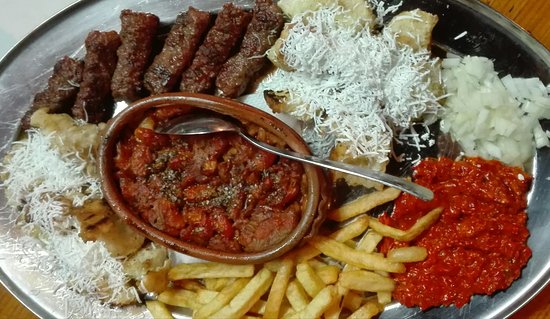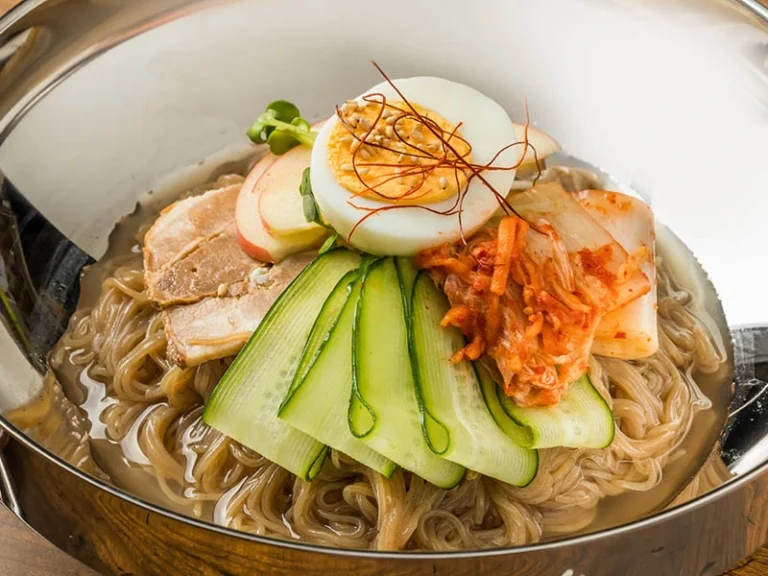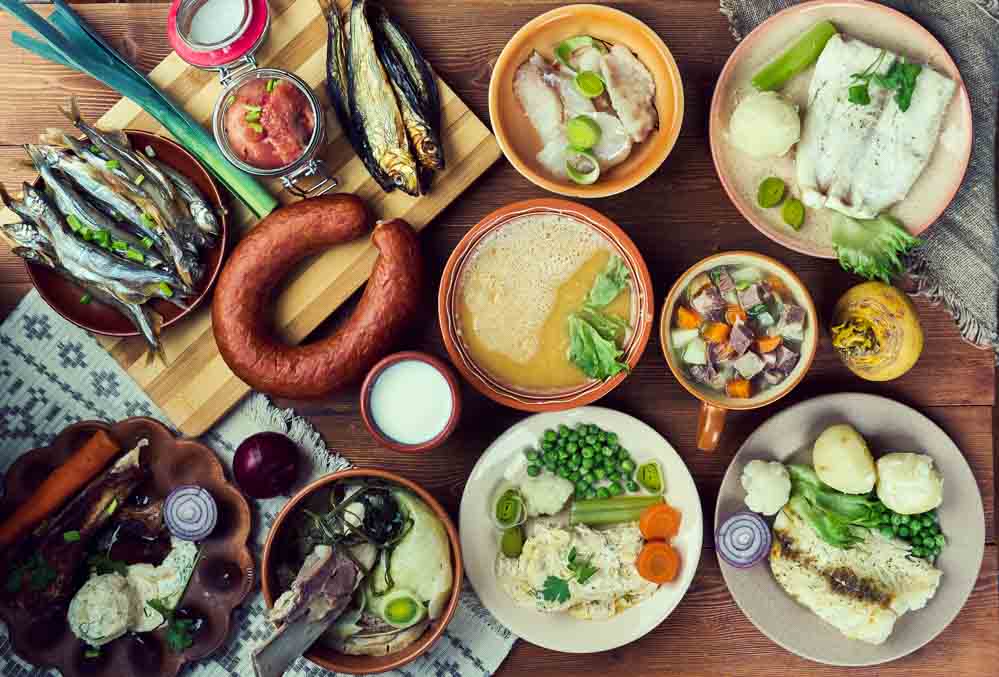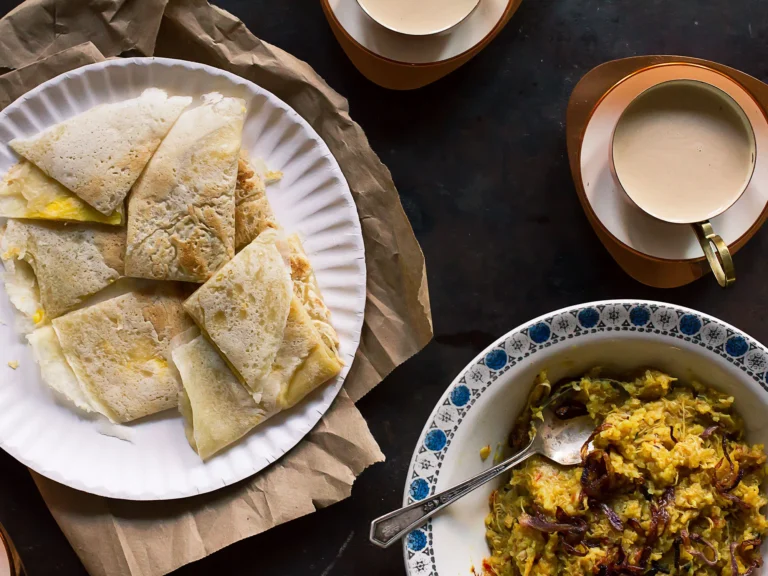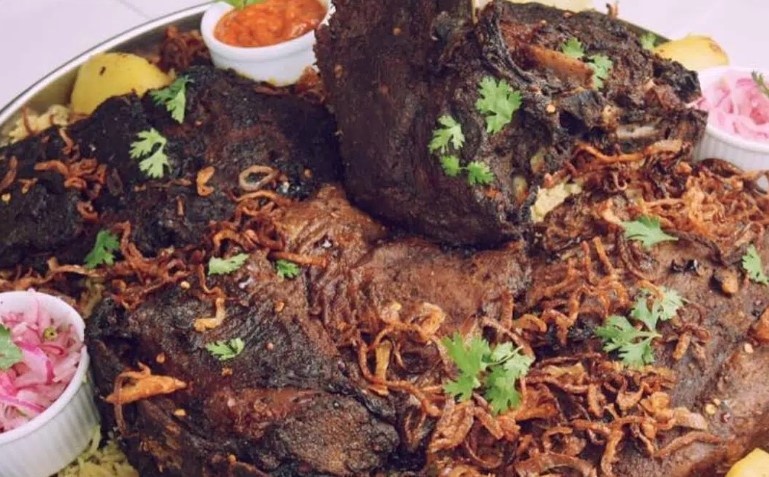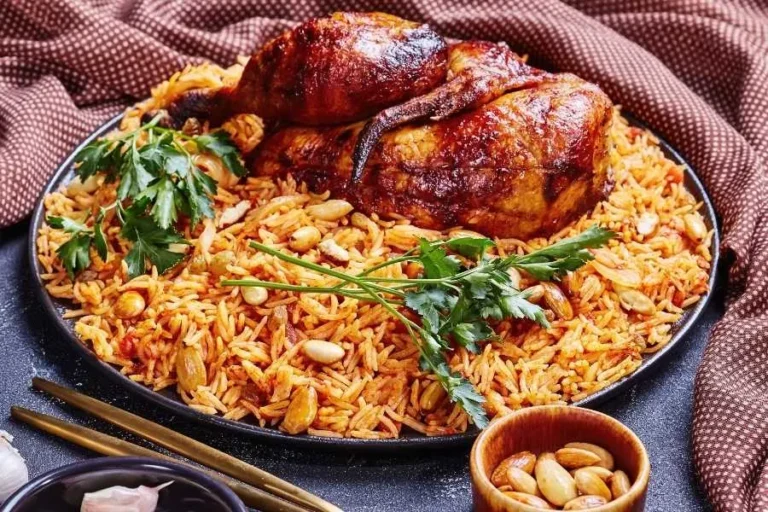Introduction: North Macedonian cuisine
North Macedonian cuisine is a reflection of the country’s rich cultural heritage. The cuisine is influenced by Turkish, Serbian, Bulgarian, and Greek cuisines. North Macedonian cuisine is known for its hearty and flavorful dishes, using an array of spices and herbs. The cuisine is also characterized by its unique cooking techniques and culinary traditions.
Traditional cooking techniques
North Macedonian cuisine has several traditional cooking techniques that have been passed down from generation to generation. One of the most common techniques is the slow cooking of stews and soups. The dishes are cooked slowly over low heat, allowing the flavors to develop over time. Another traditional cooking technique is the use of a sač, a metal dome-shaped lid used to bake bread and cook meat dishes. The sač is placed over hot coals, and the heat is distributed evenly, producing a tender and flavorful dish.
Unique spices and herbs
North Macedonian cuisine is known for its use of unique spices and herbs. One of the most popular spices used in the cuisine is ajvar, a red pepper spread made from roasted red peppers, garlic, and eggplant. The cuisine also uses a variety of herbs, including savory, basil, and parsley. These herbs are used to add flavor to dishes such as stuffed peppers and baked fish.
Use of clay pots
Clay pots are commonly used in North Macedonian cuisine. The pots are used to cook stews and soups, and they are also used to bake bread. The clay pots are known for their ability to retain heat, producing a tender and flavorful dish. They are also used to store food, as the clay helps to preserve the food’s freshness.
Grilling and roasting methods
Grilling and roasting are popular cooking methods in North Macedonian cuisine. The cuisine is known for its grilled meats, such as kebabs and grilled lamb. The meats are marinated in a mixture of spices and herbs, producing a tender and flavorful dish. Roasting is also a common cooking method, with dishes such as roasted chicken and roasted vegetables.
Fermentation in North Macedonian cuisine
Fermentation is a common technique used in North Macedonian cuisine. The cuisine is known for its fermented dairy products, such as kajmak and yogurt. Fermentation is also used to preserve vegetables, such as cabbage, which is used to make sauerkraut. Fermentation produces a unique flavor and texture, adding depth to the dishes.
In conclusion, North Macedonian cuisine is a reflection of the country’s rich cultural heritage, with unique cooking techniques and culinary traditions. The cuisine is characterized by its use of spices and herbs, clay pots, grilling and roasting methods, and fermentation. North Macedonian cuisine is a must-try for food enthusiasts looking for a unique and flavorful experience.

